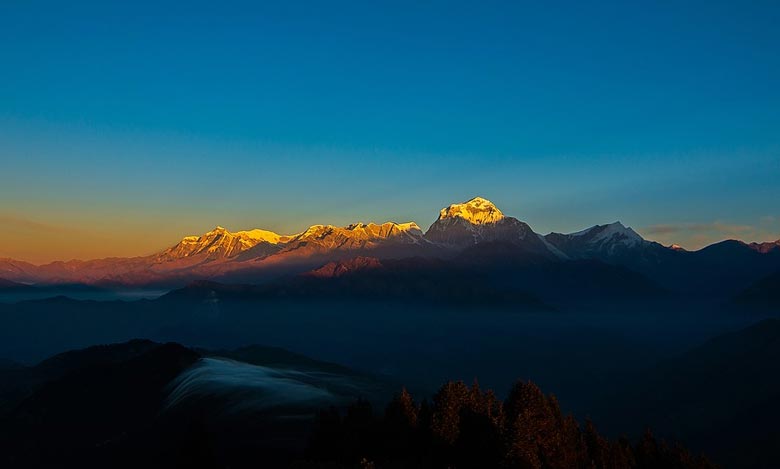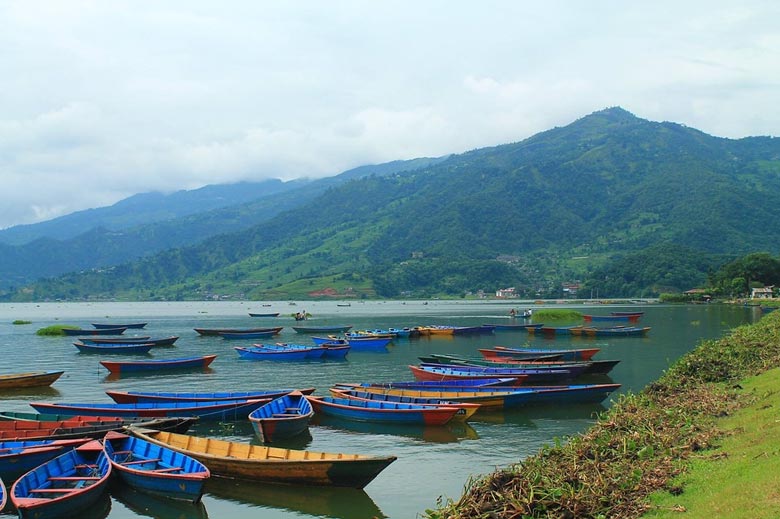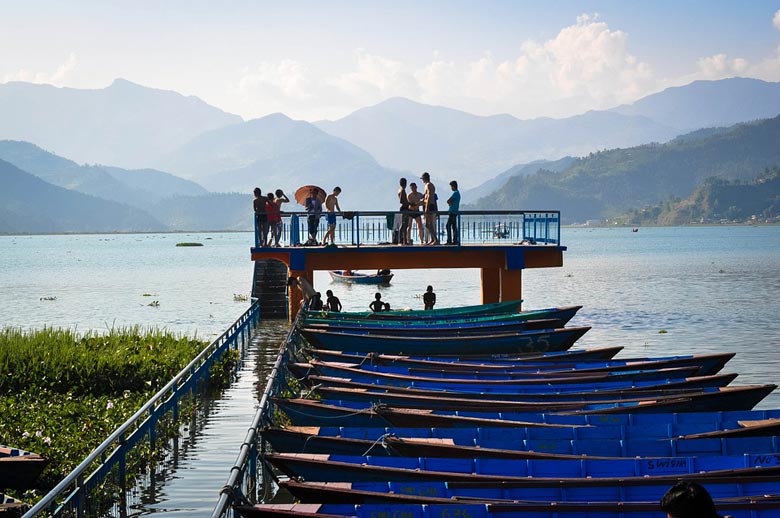Why and When to visit Pokhara Nepal
Pokhara is located 200 kilometers west of Kathmandu,Until the mid-1900s, Pokhara bustled only in the winter, when Tibetans from the north arrived with their mule trains to barter salt and raw yak wool for grain. In 1959, after the Chinese seized Tibet, the route was closed. In the late 1950s, however, malaria was finally eradicated from the region, so more people settled here. Then, in the 1970s, roads to Kathmandu were constructed, connecting the city to the rest of the world. That is when the hippies arrived, then more and more climbers and trekkers, and now, even families with toddlers make the trip. Pokhara has since become the second-biggest city in the country, with a population of 95,000.
Why visit Pokhara, Nepal

Pokhara Nepal
The advent of tourism sped up the arrival of electricity, an airport, and improved social services, but it also increased the cost of necessities for local villagers. There was and is a certain haphazardness to the development of Pokhara. The airport, bazaars, and hotel areas are all spread apart. Sure, there are new roads, but the routes around Lakeside are still rough-and-tumble dirt streets. There is no rush to make everything perfectly fancy.
There is a hedonistic quality to the Lakeside district in Pokhara; the drug-pushing scene is even more blatant here than in Kathmandu, but it seems to be due to a laid-back, this-is-where-you-go-after-you’ve.. trekked atmosphere that permits everything and anything. While it doesn’t prohibit bringing kids to the region, keeping an eye on your teens after dark would be advisable.

Sunset Down – When to visit Pokhara
Still, Pokhara continues to attract more and more visitors each year. The 8,000-meter walls of the Himal line the horizon in the north, while Phewa Tal, the 3 km-long (2-mi-long) emerald lake, is the jewel of Pokhara’s resort district. It is not difficult to take a picture-perfect post-card photo in this city, with rhododendron in the foreground, a lake in the center, and snow-tipped peaks set against a pale blue sky in the background.

Why and When to visit Pokhara Nepal
There are plenty of short walks in the surrounding Pokhara region that you can hike all year long. There are currently 21 flights a day from Kathmandu, carrying travelers and climbers, as well as Kathmandu residents who are moving to Pokhara. If you have been to Kathmandu before and are heading to Annapurna, consider immediately transfer-ring from the international to the domestic terminals at Tribhuvan International airport and avoiding the pollution of Kathmandu altogether. If you have never been to Nepal before, do not miss Pokhara; now is the time to see the city, before it expands beyond recognition.
For more information on Pokhara and other destinations in Nepal contact Swan Tours, one of the leading tour operators in Delhi India.

